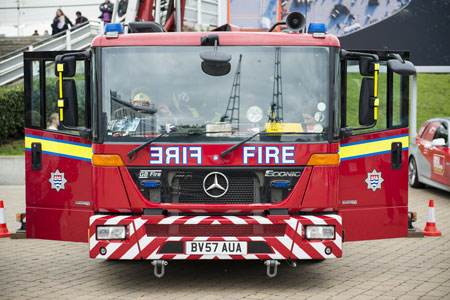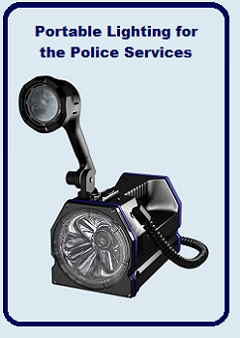What little child doesn’t dream of growing up to become Fireman Sam and rescue cats from tall trees?
Becoming a firefighter entails so much more than the ability to wear a jacket with shiny buttons – in fact, the shiny buttons have disappeared.
Recruitment for firefighters only happens once in a while, and a number of excellent serving firefighters have spent months, even years of applying before being recruited.

The Fire Services website details the criteria needed to become a successful firefighter. These include:
Personal Qualities and Attributes
- Commitment to Diversity and Integrity – understands and respects diversity and adopts a fair and ethical approach in all situations.
- Openness to Change – is open to change and actively seeks to support it.
- Confidence and Resilience – maintains a confident and resilient attitude in highly challenging situations.
- Working with Others – works effectively with others both within the Fire and Rescue Service and in the community.
- Effective Communication – communicates effectively both orally and in writing.
- Commitment to Development – committed to and able to develop self and others.
- Problem Solving – understands, recalls, applies and adapts relevant information in an organised, safe and systematic way.
- Situational Awareness – maintains an active awareness of the environment to promote safe and effective working.
- Commitment to Excellence – Adopts a conscientious and proactive approach to work to achieve and maintain excellent standards.
Physical Tests
- Ladder Climb
- Casualty Evacuation
- Ladder Lift / Lower Simulation
- Enclosed Spaces
- Equipment Assembly
- Equipment Carry
Psychological Tests
The tests are split in to the following two categories:
- National Firefighter Psychological Tests
- Working with Numbers
- Understanding Information
- Situational Awareness and Problem Solving
- National Firefighter Questionnaire
- Working with Others – works effectively with others both within the Fire Service and the community.
- Commitment to Diversity and Integrity – understand and respects diversity and adopts a fair and ethical approach to others.
- Confidence and Resilience – maintains a confident and resilient attitude in highly challenging situations.
- Commitment to Excellence – adopts a conscientious and proactive approach to work to achieve and maintain excellent standards.
- Commitment to Development – committed to and able to develop self and others.
- Situational Awareness – maintains an active awareness of the environment to promote safe and effective working.
- Openness to Change – is open to change and actively seeks to support it within the Fire Service and in the community.
Medical Tests
- Medical Records and Questionnaires – your medical records will be requested, and a medical screening form will need to be completed before further tests are permitted
- Hearing Test – you will sit in a sound proof booth wearing headphones and will be asked to press a button when you hear a range of sounds.
- Step Test – you will be asked to step up and down on a box whilst your heart rate is monitored and the rate of step is gradually increased. (May vary in different FRS’s)
- Lung Function – you will be asked to blow hard and long down a hollow tube until all your lung capacity is fully exhaled – a reading is taken and assessed accordingly.
- Physical Stamina – you will be asked to squat on a machine designed to test your back and thigh strength and then pull a specified measurement.
- General Tests – you will finally see the doctor who will test your reflexes and discuss your medical questionnaire with you.
- Chest X-Ray – some FRS’s will send you to the local hospital for a chest x-ray.
- Eyesight Tests – various vision and colour tests will be carried out.
If you still think becoming a firefighter is for you, then visit the UK Fire Services website where you’ll find a wealth of information for firefighters.


